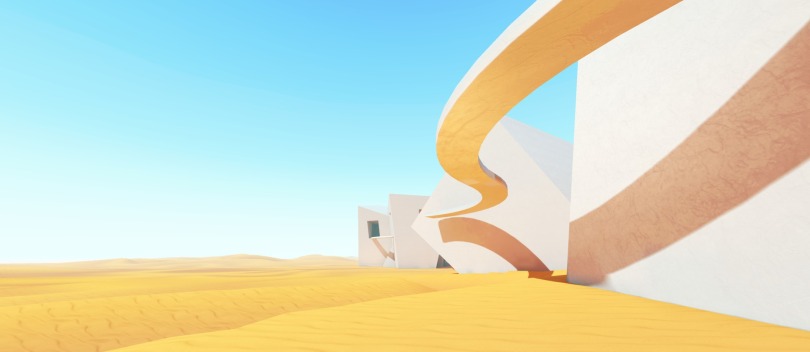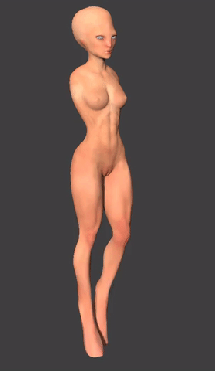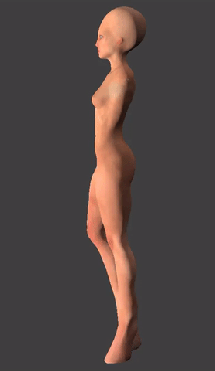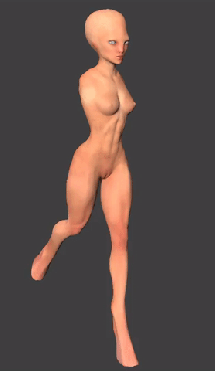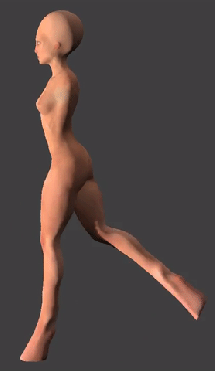Almost the first time doing serious bipedal movement mechanics and animation. Let’s make a first step into the complex character animation (or not). Anyway, here’s the workflow. Honestly, once I’ve been involved in such an affair… And things did not go very well, but that was then. Anyways, now is the first real attempt to create an acceptable bipedal character movement animation and mechanics. First, I’ve made a complete redesign of an old version of movement mechanic, which was a special pawn and was very hard to use. Well, now it looks shiny and new, now this code goes to a new separate mechanism — LBCharacterWalkMovementMechanism, which is now based on LBCharacterMovementMechanism (empty at the moment, lol) and conains all the code, needed for performing pawn movement and blending the animation. It also has all parameters, which are used to regulate pawn’s speed and acceleration.
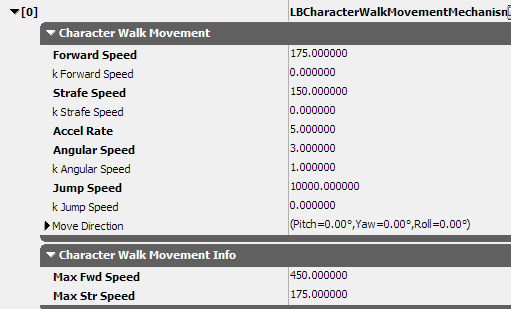
It has the forward speed parameter and a forward speed coefficient to handle forward speed, same to the sidestep (strafe?) speed. Also it has accel rate, which is used to speed the pawn up, when it wants to run. Another important thing here is the angular speed, which is represented by angular speed parameter and an angular speed coefficient, which are used to handle pawn’s rotation. Also it has move direction, which is used to point the desired movement direction. It’s worth noting, that pawn rotation is quite an interesting task itself (later on this). Second, I’ve made several frames of animation for the character, the walker (xw_char). It wasn’t easy, because someone’s left in it’s feet only one bone. Maybe it was even me. Anyways, there are two fairly appropriate animations sequences:
Simple walk animation:
Simple run animation:
Other intermediate and supportive animations are quite crappy to be shown here. It should be noted that I used the walk and run cycle tutorials by Richard Williams as a reference (found all over the internet) for my walk and run animations. As a result, we’ve got the following animtree:

Click to enlarge
Where BlendByAngSpeed node does blending between middle, left and right turn sequences and BlendByFwdSpeed node does blending between walk and run sequences. Also, while blending between walk and run is quite a simple task, but blending between rotations seems to be more complex. Using unique animation sequences turned out be the best way to solve this problem, others, like using direct bone rotations may cause weired effects in my animtree during blending between states, for example. Finally, we’ve got the result, let’s see how does it look all together:
Walk and run animations in game:
Turn and turn in place animations in game:
However, complex tests reveal some flaws, like minor body jerking and leg rattling, also there’s still no jump and sidestep implementation. And ofcourse, the camera is terrible, but controlling with joystick (gamepad) partially solves the problem. Nevertheless, in general it looks not too bad.
